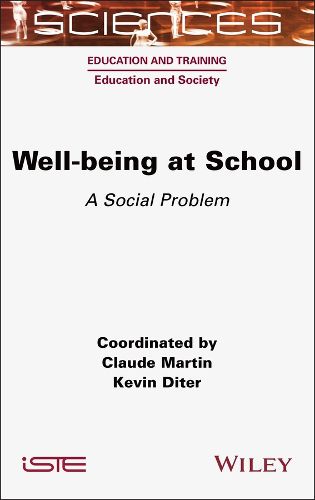Readings Newsletter
Become a Readings Member to make your shopping experience even easier.
Sign in or sign up for free!
You’re not far away from qualifying for FREE standard shipping within Australia
You’ve qualified for FREE standard shipping within Australia
The cart is loading…






In recent decades, children's well-being, particularly at school, has become a major political and academic issue that has gained importance both in public policy and in the social sciences.
Well-being at School uncovers and discusses the different ways in which school well-being has been defined and evaluated, by outlining the international and interdisciplinary state of the art. It presents recent and diversified empirical evidence in different European and non-European countries, which bring together perspectives that have often been arbitrarily and artificially opposed in the literature: objective well-being versus subjective well-being; adult-centered perspective versus child-centered perspective; and analysis of family determinants versus analysis of school determinants of child well-being.
This book's originality lies in simultaneously considering the multiple dimensions of children's well-being at school and understanding how these different determinants interact and combine, depending on the (geographical, social and family) contexts in which the children live.
$9.00 standard shipping within Australia
FREE standard shipping within Australia for orders over $100.00
Express & International shipping calculated at checkout
In recent decades, children's well-being, particularly at school, has become a major political and academic issue that has gained importance both in public policy and in the social sciences.
Well-being at School uncovers and discusses the different ways in which school well-being has been defined and evaluated, by outlining the international and interdisciplinary state of the art. It presents recent and diversified empirical evidence in different European and non-European countries, which bring together perspectives that have often been arbitrarily and artificially opposed in the literature: objective well-being versus subjective well-being; adult-centered perspective versus child-centered perspective; and analysis of family determinants versus analysis of school determinants of child well-being.
This book's originality lies in simultaneously considering the multiple dimensions of children's well-being at school and understanding how these different determinants interact and combine, depending on the (geographical, social and family) contexts in which the children live.